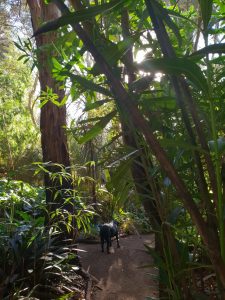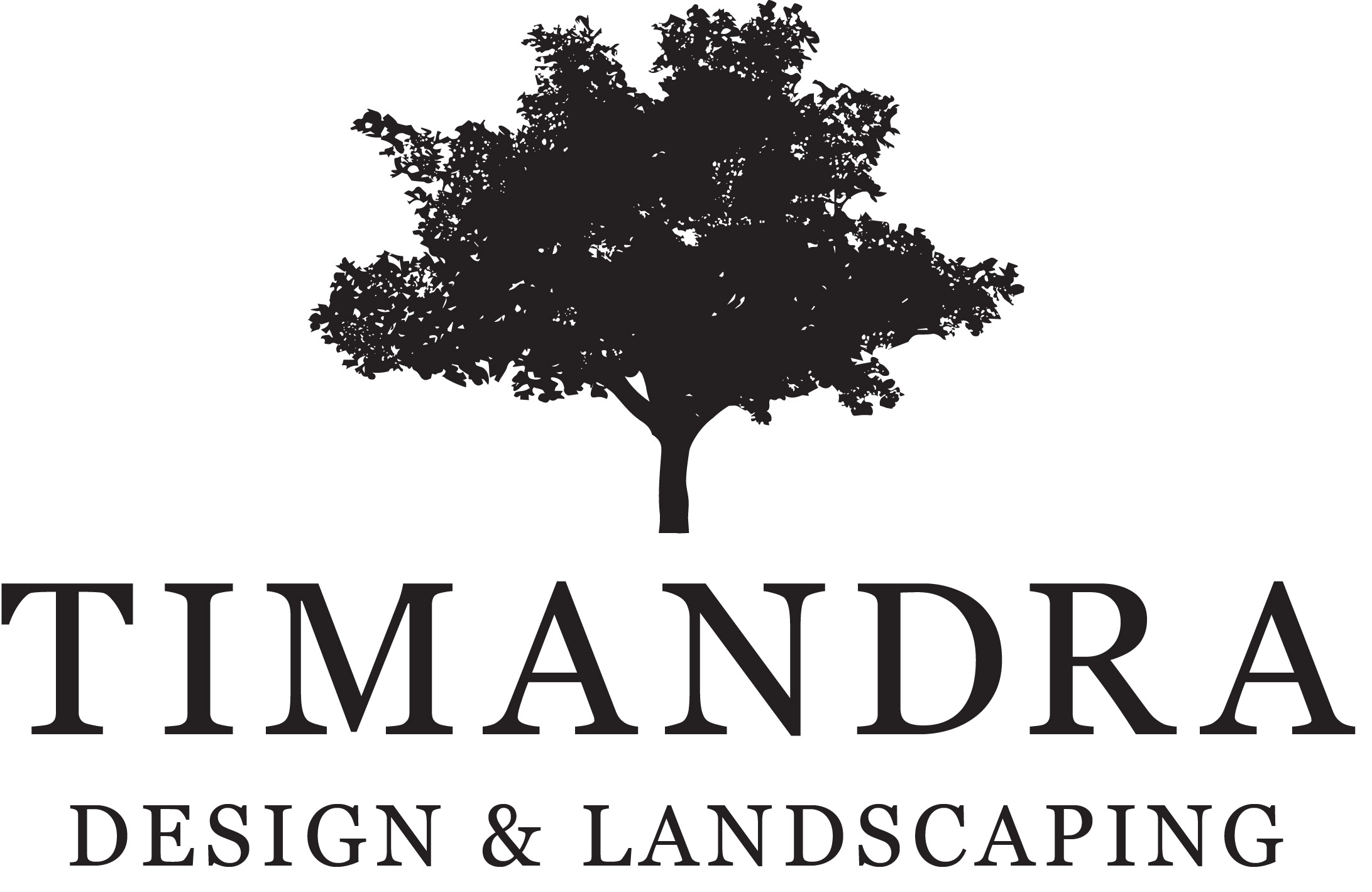
Garden design in 2050 – a futuristic perspective
Listening to a futurist on the radio as I was driving this morning has made me wonder what garden design and landscaping could look like in 2050. I found it remarkable that throughout the discussion, there was no mention of climate change. Surely a futurist should be considering this as pre-eminent in his theories, unless of course he is a sceptic. Sustainable gardens are totally in sync with a futuristic view, but it takes time for change to happen.
As an authentic sustainable garden designer, I believe that I am definitely ahead of the pack. Firstly, I solidly believe in climate change: there are too many scientific models that prove this to be the case; secondly, I have eliminated all hard landscaping from my designs. This means that if a client is unwilling to listen to my sustainable advice – I walk away. My business integrity does not allow for compromise in the area of hard landscaping.
When I consider the direction that the national landscaping industry is taking landscape design, I shudder at the implications that these flawed designs are having on the environment and climate change/global warming.
Hard landscaping is predominantly concrete, unless you use terracotta pavers, but these are traditionally laid over concrete for stability. This then causes significant, expensive drainage issues that need to be addressed. Concrete is also the world’s second-highest carbon contributor to global warming, and concrete abounds in so many expensive gardens.
A futuristic landscape designer needs to be aware of the changing climate. The two poles are melting which will lead to a real increase in sea levels, with some projections talking about more than 15 metres. That’s not going to happen overnight; it will, one hopes, be a slow transition. But we need to start considering all of these factors, so that we, as garden designers, can lessen the impact and provide gardens for our clients that are in sync with climate change.
I have noticed, and so have other like-minded environmentalists, that many locally indigenous plants are already succumbing to these significant seasonal variations. I have also noted that some of these deaths can be attributed to mitigation strategies to divert water from one place in the event of a deluge, so that where the excess water has been diverted then becomes a poorly drained quagmire, with only time being the factor that enables drainage to occur. A large stand of magnificent Allocasuarina verticillata, one that was fully mature, recently died on a local farming property because of human intervention to shift unwanted water. It was where the water was redirected that the locally indigenous plants died from sitting in slops for too long.
Humans are causing all manner of environmental destruction, without any capacity to consider the sustainable aspects of their behaviour. But of course, their bad practice isn’t evident for a few years, until the next really heavy rain, severe wind event or even a drought, comes along again.
I question some of the advice being given by some certified arborists about protection of tree species for land clearing for construction. Either the advice is flawed, or there is a lack of proper follow-up at the construction site, because too many trees that were retained are toppling years after construction because of mismanagement of their care from the outset.
All of the above considerations will become even more relevant as time progresses towards 2050. Retaining trees in optimal health should be considered a priority by all councils. They are imperative in the sequestering of carbon. As a sustainable garden designer I really put big emphasis on recommending trees in client’s gardens. They are essential for heating and cooling within the home, but each tree is also part of the world-wide bigger picture of carbon sequestration.
Deforestation is having a massive impact on our environment. Trees assist with the hydrological cycle through evapotranspiration. They are also magnificent sponges, when appropriate plants are used for poor drainage, helping to soak up flooded areas after high rainfall, cyclones being an example. Once these magnificent, valuable stands of trees are removed, it takes a great many years to regrow to the same size. Humans playing with nature are causing so much degradation that is totally unsustainable – it cannot continue.
And I predict that people will become more aware of the vulgarity of many of the current McMansions that are nothing but a token to concrete and revert instead, to the more sustainable, natural option that is intended to be enjoyed from within the garden itself. The concrete jungles are so disgustingly hot from radiated heat off the concrete or pavers, that people can only view their gardens from inside their air conditioned box. This isn’t what a garden is supposed to be.
By 2050 it is possible that robots could lay concrete. Currently CAD systems provide plant names for landscapers who don’t know about sustainable plant selection. So by 2050, the current trend for unsustainable gardens could be taken over by robots having gardens designed by computers. Is this the direction we want to see for our children’s future external living?
2050 is only 30 years away. But the escalation of the melting poles is a major point for concern. We all need to make ourselves better informed about how we can work towards a more sustainable future, and starting with the garden has to be a major consideration in this thinking. Currently gardens are part of the problem. This needs to change. It’s up to quality garden designers to show leadership and consider with all of our projects, the importance of designing gardens with climate change in mind.




